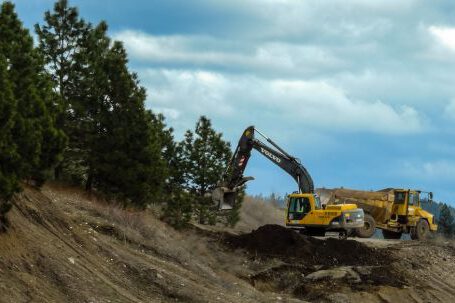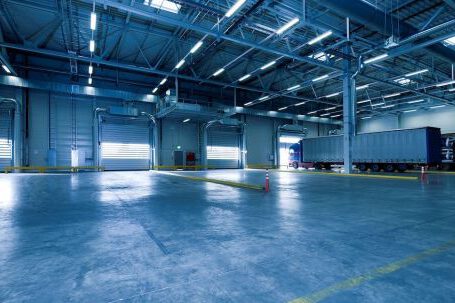Hoisting equipment is widely used in industrial settings for lifting and transporting heavy loads. It is an essential part of any construction project, and its safety and proper use are paramount. This article provides an insight into hoist operation, offering safety tips and best practices for its use and maintenance.
Types of Hoists
There are various types of hoists available, each with their own advantages and limitations. Electric hoists are the most common type, offering a reliable and efficient way to move heavy loads. Chain hoists are a manual option that requires more effort, but can be used when electricity is unavailable. Lastly, air hoists are suitable for moving and positioning lighter loads due to their low weight.
Safety Guidelines for Using a Hoist
The safe operation of a hoist is paramount to avoid accidents and injuries. The following guidelines should be followed when using a hoist:
- Ensure that all personnel are wearing the correct safety gear, such as steel-toed shoes, gloves, and protective eyewear.
- Read and understand the instructions that come with the hoist.
- Inspect the hoist and its load-bearing components before each use.
- Ensure that the area around the hoist is clear of any obstructions.
- Do not exceed the hoist’s load-bearing capacity.
- Do not operate the hoist if it is damaged or malfunctioning.
- Check all connections and secure the load before lifting.
- Do not attempt to move a load that is too heavy for the hoist.
- Lower the load slowly and carefully.
- Do not leave the hoist unattended while it is in operation.
Best Practices for Maintaining a Hoist
In order to ensure the safe and efficient operation of a hoist, it should be regularly inspected and maintained. The following best practices should be followed when maintaining a hoist:
- Ensure that the hoist is regularly inspected and serviced by a qualified technician.
- Clean and lubricate the hoist on a regular basis.
- Check all connections and components for wear and tear.
- Check the hoist for any signs of damage or corrosion.
- Replace any worn or damaged parts immediately.
- Check the hoist for proper operation before each use.
Conclusion
Hoists are essential pieces of equipment in any industrial setting, and it is important to follow the correct safety guidelines and best practices for their use and maintenance. By following the safety guidelines and best practices outlined in this article, you can ensure the safe and efficient operation of your hoist.






